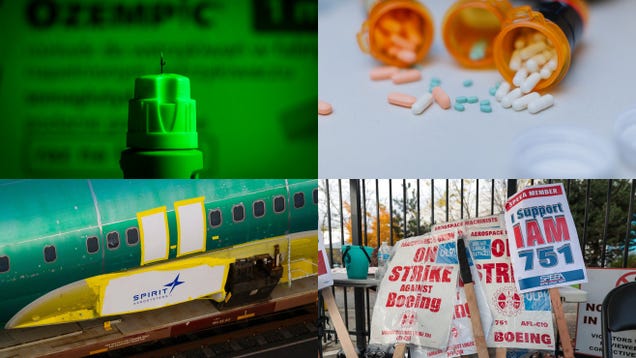‘We need a graded approach to include petro products under GST’

Business new tamfitronics
CBIC chairman Sanjay Kumar Agarwal says protection of industry by raising duties is not permanent. He also discusses GST rate rationalisation. Excerpts from an interview with Sidhartha & Surojit Gupta
FM has spoken about fewer customs slabs, if you could use that word. Can you help us understand how it will be structured?
We routinely undertake an exercise of the conditional notification.
And within two years, we have to take that exercise, and in case we find that exemption need not be continued, we allow that exemption to lapse. In certain cases, this condition is waived, depending on the type of exemption that has been given. The idea is that we want to reduce the number of customs duty rates. In this Budget also, we are seeking to give impetus to domestic manufacturing and, in certain cases, we want to strengthen the supply chains, and help its diversification. We wanted to give certain duty concessions to industries which are in exports. And in some cases where there is an onslaught of cheap imports, such cases have been considered… and likewise where there is duty inversion, those cases also have been addressed. So, if I give a specific example, that in the case of critical minerals 25 in numbers, there is no mining of such minerals in India and the entire demand is met from imports. So, there were varying
rates
of duty 2.5% or 7.5%, where the exemption has been provided so that these minerals are imported and processed in the country. And for further use in various sectors, maybe it can be electronics, telecommunication or in renewable energy devices or in defence of the space sector.
There has been criticism about India raising import duties in the last few years but what you said suggests that several of these increases are probably temporary to get manufacturing to India and, once the ecosystem is there, a review of the duty is possible. Is that a fair assessment?
Precisely that is the objective. If we retain the high level of protection, industry becomes uncompetitive, and in future industry has to remain competitive in international markets, because although we have a huge domestic demand, but we will have to be an export-led economy and that will be possible only if industry is very competitive. First, we will have to ensure that industry takes strong roots in the country and then slowly we have to reduce duty so they remain competitive, they don’t become complacent, and then only they can compete with others in the world market.
So protection is not permanent?
Consumer interest is paramount, protection is not permanent. But initially some kind of protection is required so that industry can be established in the country.
How much did the menace of gold smuggling impact in reducing duty or was it due to the fact that the domestic gems and jewellery industry was getting affected due to high tariffs?
It is both because the gems and jewellery sector was persistently asking for reduction in duty on gold because that is the basic raw material. And yes, if the rate of duty is high on gold, the margin between the price differential, price arbitrage is again huge, huge between the international market and domestic market.
The Budget talks about rationalisation of GST rates and inclusion of more products, which we think is a reference to petroleum products. What is your view on this issue of rationalisation? Is it time to include petroleum?
Now seven years have passed, it has now stabilised and that is reflected in the growth of revenue from GST. Now, the time has come that we look into simplification of the rate structure. There may be a need for rationalisation of rates and bringing down the number of rates, number of slabs. You talked about petroleum items, there are five petroleum items which are outside GST. These are crude oil, natural gas, petrol, diesel and ATF. Petrol and diesel are fuels for automotive purposes but crude oil is a feedstock for further manufacturing. Natural gas is also used by industry, along with its use in CNG and as a cooking fuel. We can see that there can be two categories of these items: Crude is not used by end consumers and it goes into industrial use. It has to be gradual but not in one gap. There can be a graded approach which is possible

















